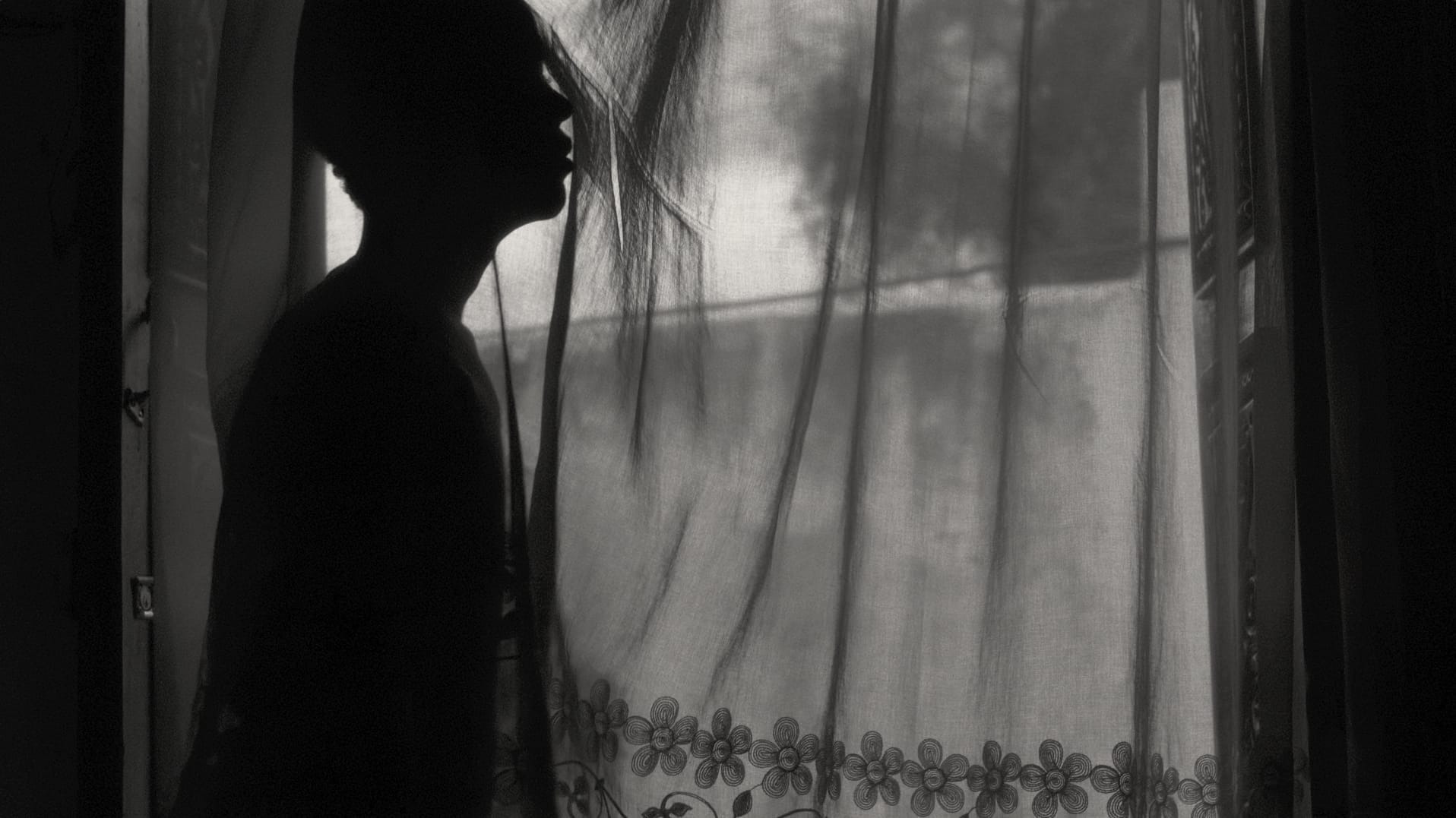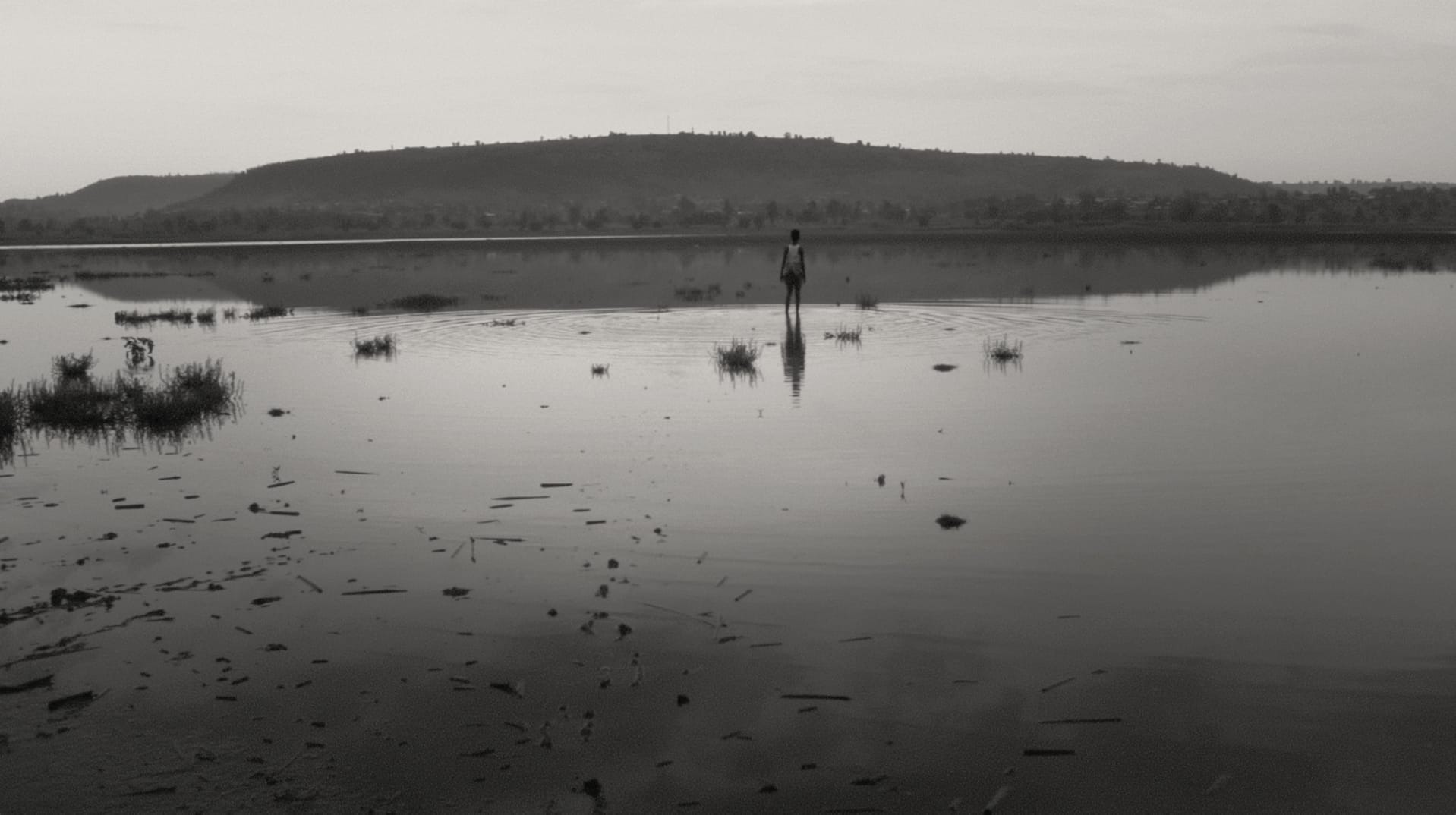RELATED ARTICLE
Faya dayi: Escape and Return

Share
Like smoky tendrils from a tray of incense, Faya dayi (2021) unfurls in a languorous haze. The film is a portal into a woven dream of partial remembrance, timeless mythic cycles, and the present urgencies of migration and the climate crisis. Mexican Ethiopian filmmaker Jessica Beshir’s debut feature is also an exquisite exercise in patience, shot over ten years of return visits to her home city of Harar—which she had left as a teenager during a time of political upheaval in Ethiopia—and marked by a synchronously slow diegetic pacing. Loosening itself from linear development, narrative expectation, and even time itself, Faya dayi is an unhurried study of a particular community of Oromo farmers that also reckons with the economic and social consequences of the region’s increased agricultural reliance on khat.
The film addresses this complex entanglement of political tensions without letting them overdetermine its story. Dancing between the labyrinthine enclosures of the walled city and open expanses of farmland, Beshir draws on delicately expressive black-and-white cinematography to construct an atmospheric tapestry of moody landscapes, diaphanous curtains, and polyvocal murmurs. The director’s method of drift and pause crafts a soothing tempo that makes elegant use of slow motion. Narratively, the film avoids the habits of singularizing or individualizing to instead orchestrate an ensemble. Collectivity animates Beshir’s approach to her filmmaking practice. Her film emerged from deep wells of family and kinship—beginning with a visit to her grandmother in Ethiopia and drawing on years of informal conversations with the Oromo farmers who anchor Faya dayi. The personal dimension was magnified in the material construction of the film: Beshir is her own cinematographer, and an autodidact whose practiced eye is the result of a free-flowing devotion, not shaped by formal training.
There is a clear continuity between Faya dayi and Beshir’s short Hairat (2017). In just under seven minutes, her earlier film exemplifies what may well turn into a signature combination of lustrous black-and-white images, mosaics of texture, and a limpid, breathy score to render a sensitive portrait of a resident of Harar, Yussuf Mume Saleh, in his ritual interactions with hyenas beyond the city’s walls. Opening with a shot of a piece of cloth that seems almost possessed, undulating autonomously and accompanied by a reverent voice-over, Hairat establishes the aesthetic approach that blossomed into the rapture of Beshir’s feature.


“The director’s black-and-white cinematography is a textural marvel, rendering a heightened sense of surface and touch.”






